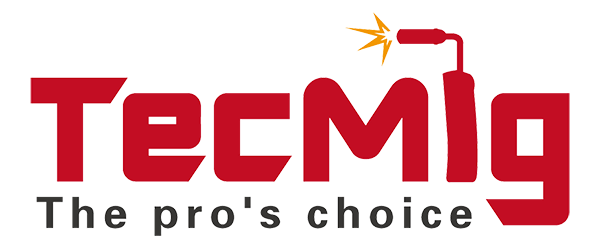How to Weld Thin Stainless Steel Sheets
In thin stainless steel sheets welding, the most likely problems are burning-through and deformation. As shown below:
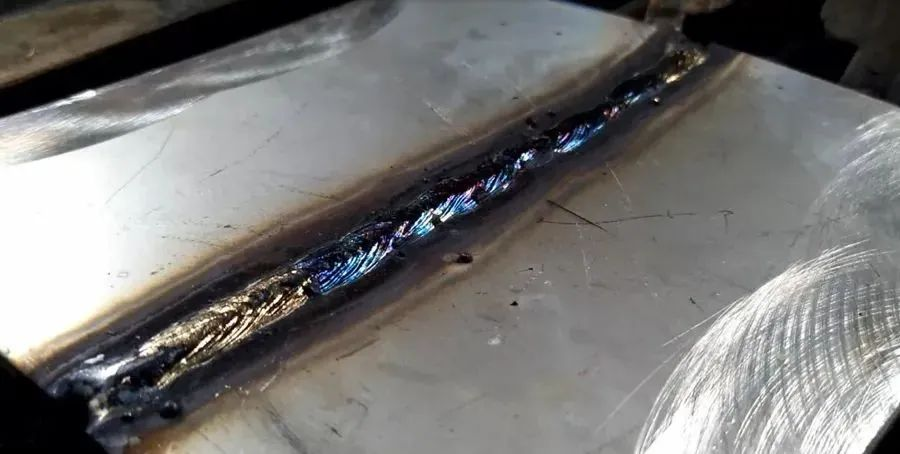
There are two reasons for this:
1 Stainless steel sheet has poor thermal conductivity and is easy to burn through;
2 The restraint degree of the stainless steel sheet is small, and when the pressure on the edge of the sheet exceeds a certain value, it will produce wavy deformation;
Good weld bead:
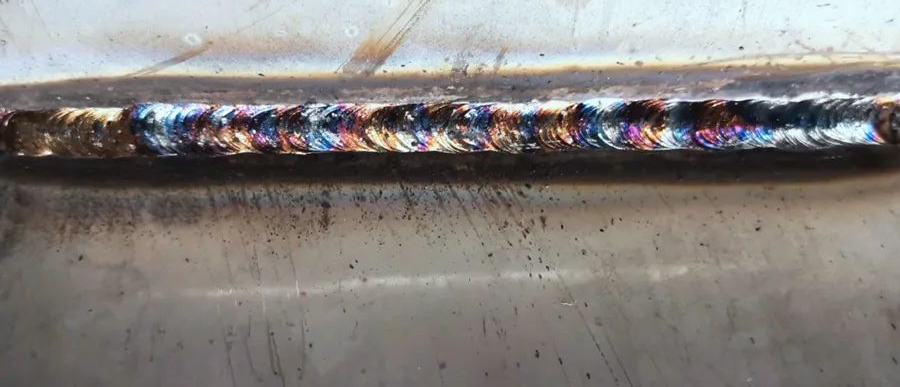
Welding characteristics of argon arc welding of stainless steel sheet
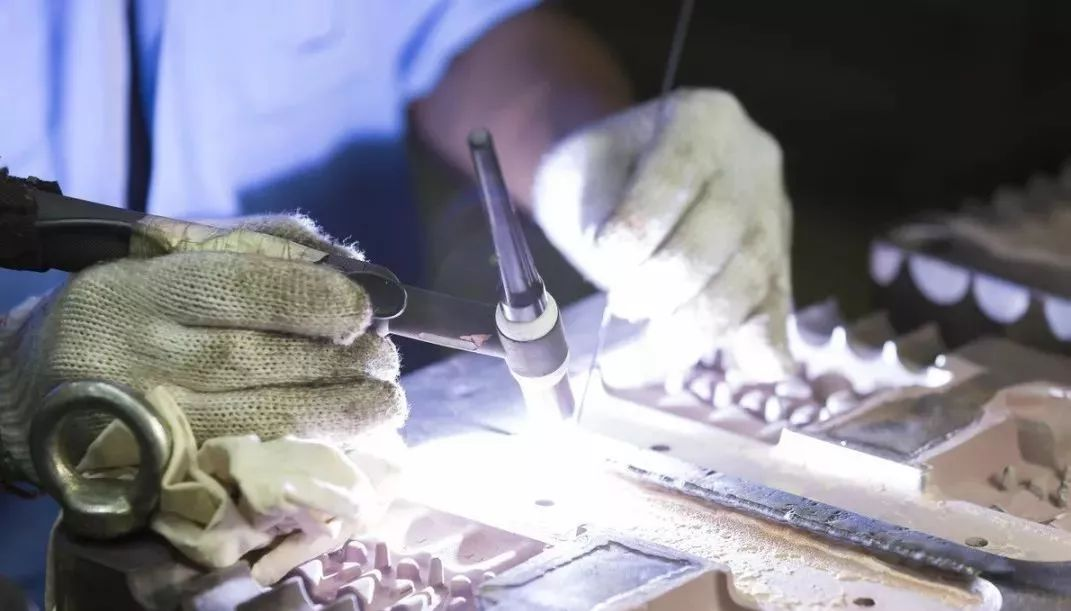
(1) No welding wire is required during welding, and the base metal fused by itself.
Therefore, the quality of stainless steel sheet welding is closely related to factors such as operators, equipment, materials, construction methods and external environment during welding. In the welding process of stainless steel sheets, welding consumables are not required, but the requirements for the following materials are relatively high: first, the purity of argon gas, the flow rate and the time of argon flow; second, tungsten electrodes, a good tungsten electrode is of vital importance in welding.
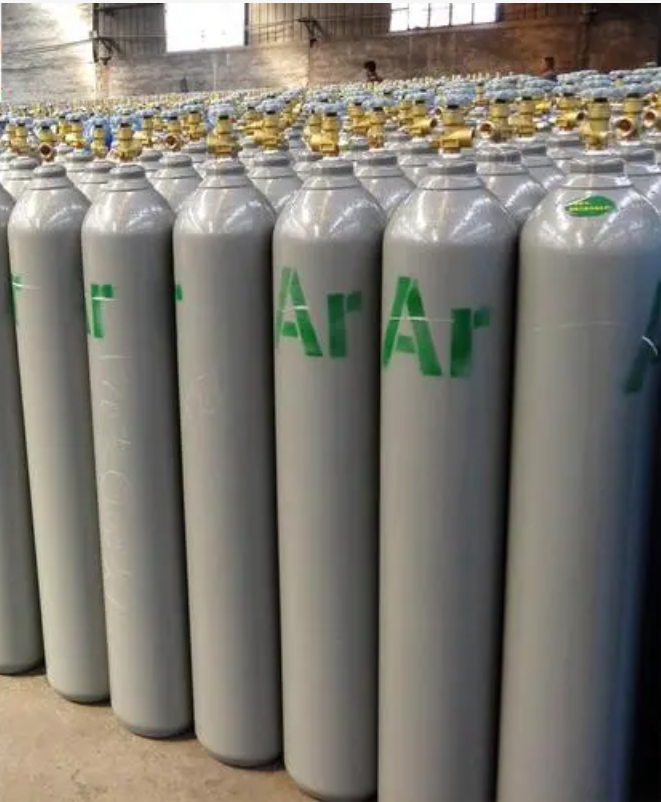
Argon: The purity of argon must be greater than 99.99%. Argon is mainly used to effectively protect the molten pool, prevent the air from eroding the molten pool and cause oxidation during the welding process, and at the same time effectively isolate the weld area from the air, so that the weld area is protected and the welding performance is improved.
(1)Tungsten electrode
(2)The tungsten electrode can be TecMig WT20 1.6-2.4mm tungsten electrode, the surface should be smooth, the end must be sharpened, and the concentricity should be good. In this way, the high-frequency arc ignition is good, the arc stability is good, the welding depth is deep, the molten pool can be kept stable, the weld seam is well formed, and the welding quality is good. If the surface of the tungsten electrode is burnt out or there are defects such as pollutants, cracks, and shrinkage cavities on the surface, it will be difficult to start the high-frequency arc during welding, the arc will be unstable, the arc will drift, the molten pool will disperse, the surface will expand, the penetration depth will be shallow, and the weld seam will be damaged. Poor forming, poor welding quality. Tungsten electrode quality is critical
In conclusion:
(1) The stability of argon tungsten arc welding is good, and different tungsten electrode shapes have a great influence on the welding quality of stainless steel sheets. the
(2) Tungsten electrode welding with flat top and conical ends can improve the forming rate of single-sided welding and double-sided welding, reduce the heat-affected zone of welding, make the weld shape beautiful, and have better comprehensive mechanical properties. the
(3) Using the correct welding method can effectively prevent welding defects.
Electrode manual arc welding:
1. The selection of welding rod should be correct
For spot welding of thin iron sheets, if the plate thickness is ≤1mm, the welding rod should be 1.6mm, and the current should be 25-40A;
If it is a stainless steel sheet, etc., the thickness of the plate is 2-3mm, the electrode selection should be 2.0mm, and the current is 40-60A;
In addition, the position of the strip must be correct, biased towards the thicker side of the weld.
2. 2. Pay attention to welding techniques
Welding rods operation methods are important:
Linear reciprocating strip method:

When welding, the end of the electrode swings in a concave linear shape along the longitudinal direction of the weld. It is characterized by fast welding speed, narrow weld seam, and fast heat dissipation. It is suitable for the first bead of multi-layer welding with large gaps between thin plates and joints.
